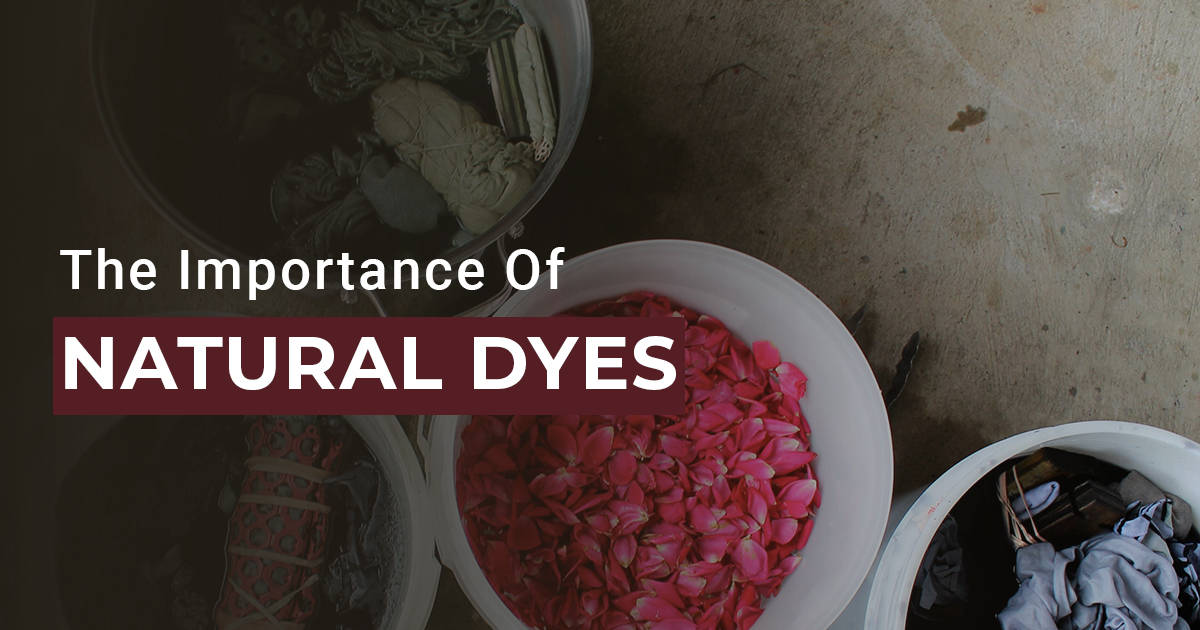Natural dyes are colorants derived from naturally occurring sources, including plants, trees, vegetables, minerals, animals, etc. In ancient times, natural dyes were produced from wood, grass, roots, leaves, berries, nuts, seeds, or flowers. Today, they are produced from green vegetables, minerals, animals, etc.
This blog will discuss three types of natural dyes, including their advantages and disadvantages. Natural dyes in foods and beverages are essential due to their multiple health benefits. They are generally non-substantive and can be applied to textiles with the help of mordants.
Are you still curious about different types of natural dyes and their uses and benefits? If so, continue reading this blog.
What are Natural Dyes?
Natural dyes, or natural pigments, refer to colors or pigments produced from naturally occurring sources, such as leaves, plants, roots, flowers, stems, animals, fruits, or natural-colored ores. These colors are mainly derived from insects, minerals, fungi, green plants, or invertebrates.
Additionally, most natural dyes are also known as vegetable dyes because they are derived from various parts of plants, including seeds, leaves, stems, roots, bark, and wood. Insects, snails, or fungi are other popular biological sources of natural dyes or colorants that can be used in food, drugs, or cosmetics.
Different Types of Natural Dyes
As discussed earlier, natural food colors are dyes, pigments, or other substances derived from natural sources, such as trees, plants, vegetables, minerals, animals, or other sources. They are widely used as food color additives to impart colors to food, drugs, cosmetics, and more.
Here are the three main types of natural dyes:
- Natural Dyes obtained from Plants
These dyes, also known as plant-based natural dyes obtained from plant sources, such as leaves, roots, bark, berries, and wood. Indigo, Logwood, and Henna are some of the most popular natural dyes.
In addition, they are known as vegetable dyes and can be applied directly or with various mordants.
- Natural dyes obtained from Animals
These dyes, also known as animal-based dyes, are derived from animal sources such as insects and invertebrates. Thanks to animal-origin dye, various shades of red and purple can be obtained. Tyrian Purple, Cochineal, and Lac are popular examples of animal dyes.
- Natural dyes obtained from minerals
These dyes, known as mineral dyes, are derived from mineral sources. They are produced by the metallic ions in the mordant salts.
Depending on the metal used, the dye will be shades of blue, brown, or black. Since copper is poisonous, it is not used for dyeing purposes.
Advantages of Natural Dyes
Natural dyes are more cost-effective and eco-friendly, derived from natural sources. Here are the top benefits of natural dyes, including:
- Natural dyes provide softer and soothing colors
- These dyes offer superior protection against UV rays
- Natural dyes possess anti-microbial properties, protecting fabrics and wearers from microbial attack
- They are derived from natural sources, making them environmentally friendly and appealing to consumers.
- Natural dyes are safe dyes or colorants found in lipsticks, causing no side effects when ingested.
Disadvantages of Natural Dyes
The following are some disadvantages of Natural dyes, including but not limited to:
- Natural dyes provide greater chances of contamination and are difficult to store.
- They offer different reproducibility with the same color shade.
- The availability of natural dyes depends on the seasons.
- Extraction of natural dyes is a time-consuming process.
Conclusion
Natural dyes are popular forms of dyes derived from natural sources. They are expensive but more eco-friendly and offer multiple health benefits without causing any side effects. If you are a business or professional needing quality natural dyes, synthetic dyes, or other dyes and pigments, Hridhan Chem has got you covered.
The company manufactures superior-quality synthetic dyes and pigments and different types of synthetic colors for use in food, pharmaceuticals, cosmetics, and personal care items. For more information on the wide range of synthetic dyes and pigments we produce at our manufacturing facility, contact us today!



